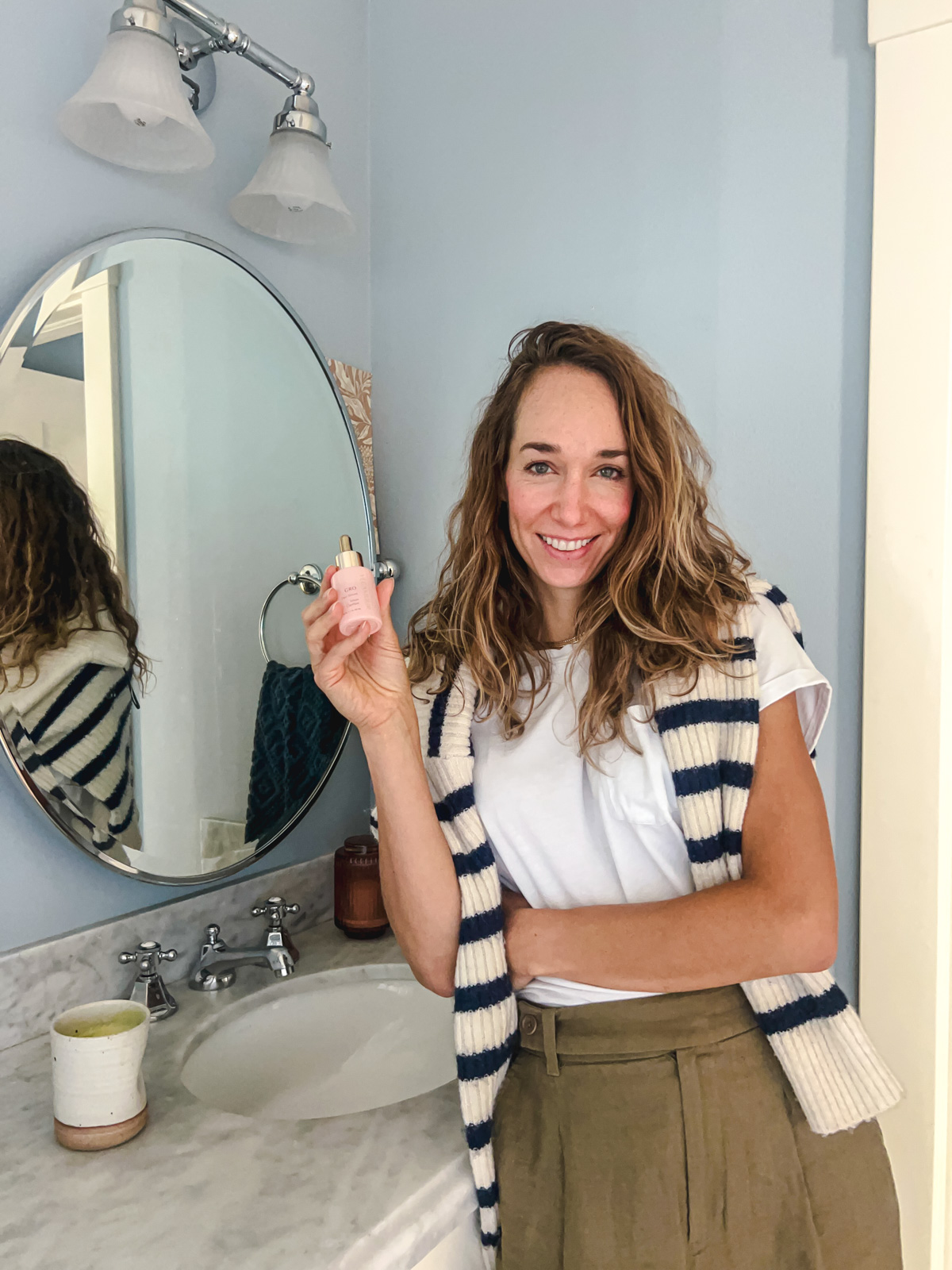Alex Megan of After Baby Fit is a postpartum corrective exercise specialist and has made it her mission to help women rebuild their foundational strength and physical confidence after pregnancy and delivery. She offers a free consultation and quiz about your exercise readiness, along with a self paced 6 week postpartum recovery course. Follow on Instagram @aj.afterbabyfit. Stay tuned for more this month!
Luckily, awareness of Women’s Health and Pelvic Floor Physical Therapy is growing, but still so few people that take advantage. When I had my son in 2015, no doctor mentioned physical therapy was an option, I had no idea it existed! So it wasn’t until after the twins that I had an opportunity to go for my first visit. IT CHANGED MY LIFE.
Typically, the physical therapist will help you with internal work and external work. Internal work is inside the body, checking the condition of the pelvic floor. Did you know your pelvic floor could actually be too tight? When it’s too tight it can actually cause pain in daily life and during sex but otherwise presents with a lot of the same symptoms as someone who needs to strengthen their pelvic floor – leaking, in particular. If you have a pelvic floor that is too tight, kegels could actually make the situation WORSE and knowing that drastically changes your recovery plan.
External work will help you to strengthen the muscles around the pelvic floor, learning how to engage your deep core muscles and protect your pelvic floor in a variety of real life and exercise situations. Focusing on glutes, hips, low back, lower abdominals, and breathing in particular.
Postpartum PT: Where to Begin & Why You Should Do It
Knowledge is power, and the more you know about your pelvic floor, the faster and easier it will be to heal. Not to mention, a physical therapist can diagnose and help you heal other conditions such as prolapse and diastasis recti (abdominal separation) and how to deal with c-section scars and mobilizing your lower abdominals.
Step One: Find One You Like
Ask Around
Getting a recommendation from a doctor or friend with personal experience will serve you well. Don’t be embarrassed to ask, I guarantee that a friend has or will be in the exact same situation you are in, and the more women willing to discuss this, the better off we will all be. Many hospitals now have a pelvic floor physical therapist in their network which could make insurance coverage easier as well!
There are a handful of Physical Therapy companies like Atheltico that may have an office near you. When in doubt just search for a women’s health or pelvic floor physical therapist near you.
Step Two: Be Consistent and Give Yourself Grace
Make it Work for You!
Keep up with the recommended schedule and do your homework. Now of course, this is easier said than done. But if you are finding it hard to fit it in, ask for more options. If you don’t have 20 minutes at home, as for a 3 minute routine that you can do while in the car waiting in the school pick up line. It’s not one size fits all.
Get Alex’s Postpartum Recovery Series here >
Allow Yourself the Time
And grace to heal and recover at your own pace. And also the alone time required to connect with your body again and gain the strength required for motherhood.
Step Three: Adjust When Needed
If You Aren’t Vibing with your PT
Look for another! Your health and wellness shouldn’t be ignored and if you aren’t getting results, maybe another PT’s approach will suit you better.
In many states you no longer need a prescription to see a physical therapist and still have it covered by insurance—do your research!
After physical therapy, you may have a ‘now what?’ moment, which is where qualified personal trainers or postpartum specific exercise comes in. This is the bridge from physical therapy, targeted movements, to “normal workouts” or daily life with total body, functional movement. Find out if there is a Postpartum Exercise Specialist in your area (use the map below the listing for easiest searching). If you are a member of a health club or gym, they may have a trainer suggestion. But make sure they have extra credentials for working with postpartum clients (you need and deserve special attention!). How to adapt and use what you have learned and apply it to the exercises that you want to engage in is going to help you reach those ultimate goals!
Get Alex’s Postpartum Recovery Series here >







